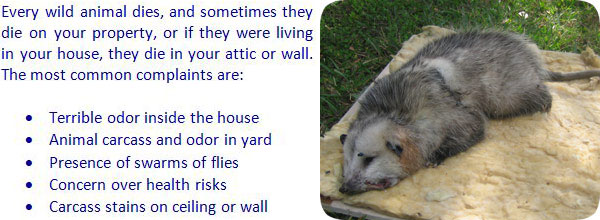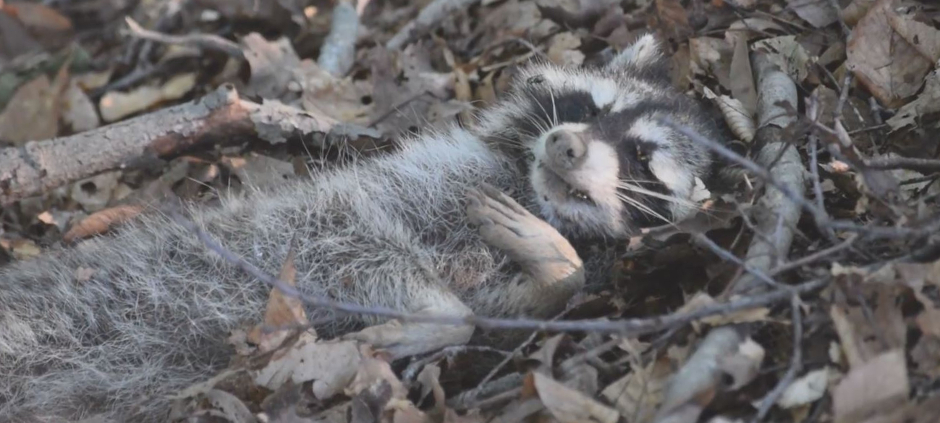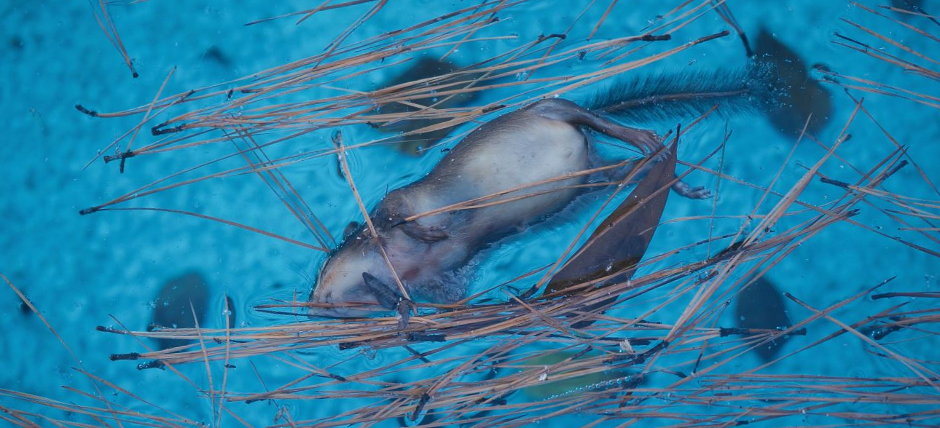How to Get Rid of Dead Animals

Dead animals can be found both inside and outside homes. Depending on when the animal died, decomposition will be accompanied by an odor. This smell is the result of bacteria and microscopic organisms breaking down the tissue. If an animal has died inside your home or near your property, smell is one of the easiest ways to locate it.

Dead Animal Location: A dead animal can be located in a number of ways. If the animal was recently injured and you are attempting to track it down, there are a few tricks that can be employed to make the task easier. First, look for a blood trail. Keep in mind that as long as the animal is moving the blood will continue to pump through the body. Even a seriously injured animal can travel a significant distance if it is being pushed by adrenalin. If there is no blood trail, look at the landscape. An injured animal will move away from you in a hurry. Fear will negate the forethought of desired travel, making the route straight and unwavering. Stressed and hurt animals will also take the path of least resistance. When the animal feels it is not being pursued, it will lie down and die.
Animals that have been dead for longer than a day can usually be detected by the presence of carrion feeders in the immediate area. Vultures and other birds of prey will circle the general area of a carcass. Mass movements of predators into an area may also signify the presence of remains.
In a closer setting, a dead animal is often noticed by the increase and decrease of odor. In a home, the air flow will indicate where in the structure a dead animal is. If the smell is strongest in the heat of the day, the animal probably isn’t located in the basement. Similarly, knowing where an animal will go when it is about to die can help you locate the body. Many animals, depending on the reason for death, will feel the need to seek out water prior to expiring. Sick animals will often head to their nests or dens for comfort. When their body temperature begins to drop, they will seek out a heat source.
Dead Animal Concerns: The most offensive part of a dead animal is the smell, though a host of other issues can occur. Dead animals may draw in other, larger predators to feed on the carcass. If in a home, a dead animal can facilitate the reproduction of flies, resulting in an infestation of the insects. Damage to homes can also happen if the bodily fluids from the decomposing tissue seep into walls, floors, ceilings, or duct work. Cleaning and repair can be costly and time consuming.

Dead Animal Diseases: The most common illness from decomposing bodies has to do with water contamination. When intestinal fluid leeches into a water system, it can cause severe upset in those that drink the contaminated water. Aside from that, the nausea and headaches from overwhelming odors are all legitimate concerns, though are not from direct contact with decomposing material. Secondary illnesses, such as contamination spread through the fly population, can be a concern. Any suspected dead animals should be removed from the immediate location. Animals left outside will be a food source for other animals, but those new pests may pose greater risks than the original, deceased creature.
Dead Animal Appearance: The definition of a dead animal is an animal that has forever ceased the functions necessary for the continuation of life. Brain activity has stopped. There is no breathing; no heartbeat. All metabolic functions have stopped. This death can occur naturally or by deliberate infliction. A dead animal will have no eye reflexes. The body will quickly lose warmth. Any color in the mucous membranes will ebb away and be replaced by paleness. This is because the blood has pooled in the lowest point of the body. Eventually, the limbs will become stiff and unmovable.
Other dead animal information:
About Us
We are the Pest Education Network, a non-profit organization that focuses on wildlife and pest removal education. Our approach utilizes Integrated Pest Management, a strategy advocating prevention and humane methods.


